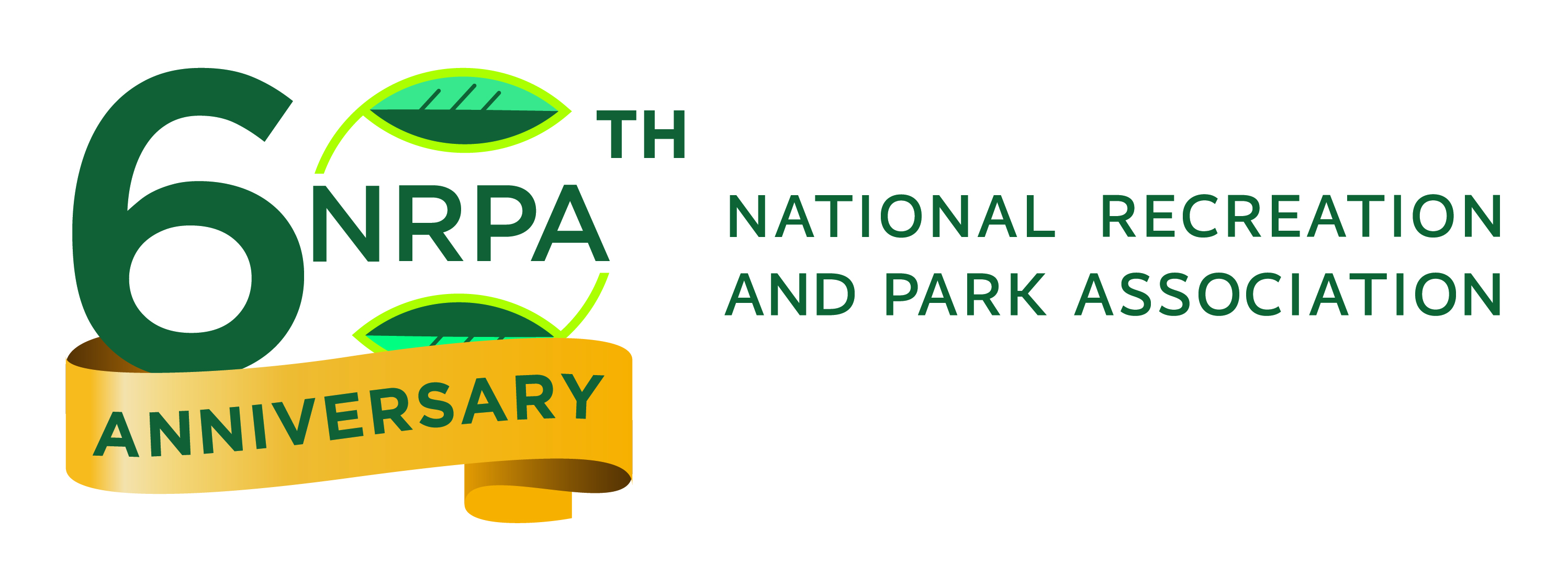New NRPA study highlights chief challenges to greater and more consistent park and recreation funding
Ashburn, Va. (Sept. 15, 2017) — A recent study conducted by the National Recreation and Park Association (NRPA) in partnership with researchers from Penn State finds that local government elected and appointed officials agree that parks and recreation benefits their communities and is a solution to many of their region’s greatest challenges. Yet, at the same time, these officials readily acknowledge that park and recreation agencies are the target of large funding cuts when the local government faces budgetary crises.
Based on the responses from 810 local government officials from all 50 states, this study highlights local government officials’ perceptions of parks and recreation. These views are increasingly important as local government officials play a crucial role in determining public expenditures. Park and recreation agencies must compete with other local government-provided services and are frequently experiencing stagnant or declining budget allocations.
Key highlights from the study include:
- Nearly all local government officials (99 percent) agree that their local communities benefit from local park areas
- Local government officials nearly unanimously (98 percent) agree that recreation services provide benefit to their communities
Furthermore, local government officials concur that parks and recreation is a solution to preventing youth crime and promoting quality of life. Yet, they are less likely to see parks and recreation as an important contributor to their biggest day-to-day concern: attracting and retaining businesses. Hence, while six in seven agree that parks and recreation is well worth the tax dollars spent on it, local government officials indicate that agencies are likely to be hit with the largest percentage cut in funding when their city, town or county suffers budgetary pressure.
“Improved quality of life that attracts new business to a region is a proven economic benefit of parks and recreation,” said Barbara Tulipane, CAE, NRPA president and CEO. “Local government officials should work closely with their park and recreation leaders to emphasize the proven relationship between quality of life and a vibrant local economy.”
“This study is one of the few that have assessed officials’ opinions concerning local park and recreation services,” said Andrew Mowen, professor of recreation, park, and tourism management at The Pennsylvania State University and lead researcher on the project. “Knowing how officials perceive these services, as well as their priority for funding them, will be of great help to the profession moving forward.”
Traditionally, the field of parks and recreation has not articulated its important role as a driver of economic activity. The nation’s local and regional parks create nearly $140 billion in economic activity every year and support almost 1 million jobs in the United States. When the spending at local and regional parks is combined with that of national and state parks, public parks are responsible for more than $200 billion in annual economic activity.
To learn more about the economic benefits of parks, visit www.nrpa.org/parkeconreport.
To learn more about NRPA, visit www.nrpa.org.
###
About The National Recreation and Park Association
The National Recreation and Park Association is a national not-for-profit organization dedicated to ensuring that all Americans have access to parks and recreation for health, conservation and social equity. Through its network of 60,000 recreation and park professionals and advocates, NRPA encourages the promotion of healthy and active lifestyles, conservation initiatives and equitable access to parks and public space. For more information, visit www.nrpa.org. For digital access to NRPA’s flagship publication, Parks & Recreation, visit www.parksandrecreation.org.
